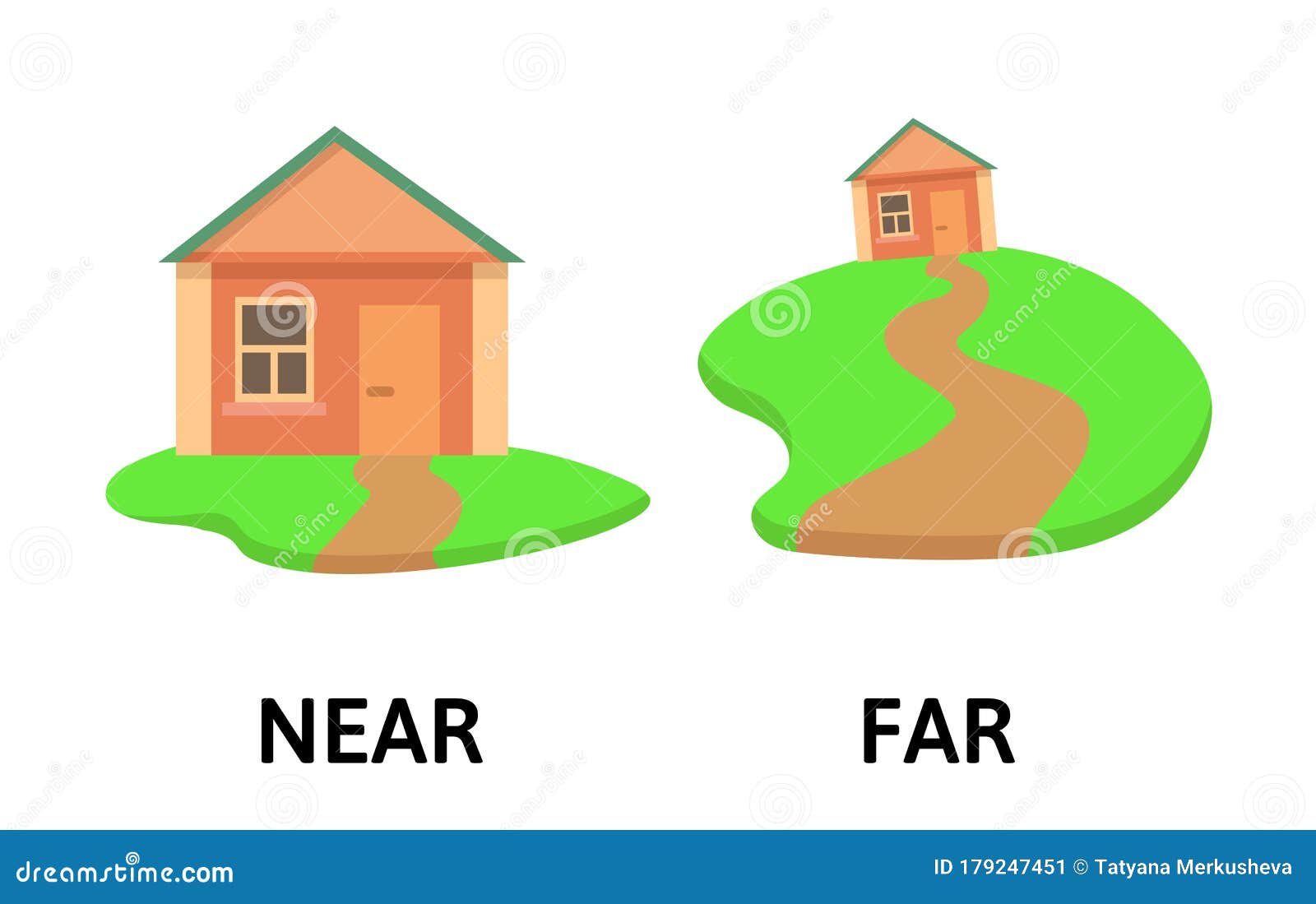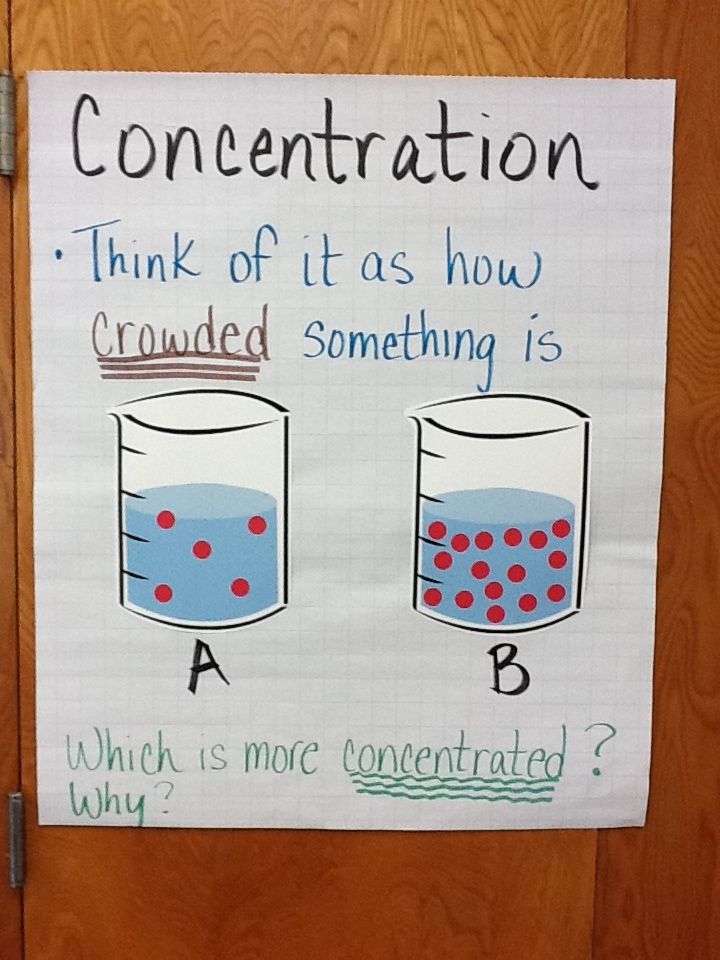Understanding PTI in Finance: Meaning, Application, and Practical Guidance
Introduction to PTI in Finance
In the world of finance, various ratios help lenders and borrowers assess risk and determine eligibility for loans. One such vital metric is the PTI , or Payment-to-Income ratio . Understanding what PTI means, how it’s calculated, and its role in lending decisions can empower both individuals and businesses to make informed choices when seeking credit or managing debt.
What Does PTI Stand For?
PTI commonly refers to the Payment-to-Income ratio in finance. This metric measures the percentage of a borrower’s monthly income that is allocated to a specific debt payment, most often an auto loan or mortgage [2] . For example, if your gross monthly income is $4,000 and your car payment is $400, your PTI is 10%. This simple calculation helps lenders gauge whether you can comfortably manage additional debt.
PTI vs. Other Financial Ratios
PTI is closely related to, but distinct from, the Debt-to-Income (DTI) ratio. While DTI measures all of your monthly debt payments relative to your income, PTI focuses on a single payment or credit obligation. Both ratios are critical in assessing credit risk, but PTI provides a more focused look at the impact of a specific loan on a borrower’s finances [5] .
Why Do Lenders Use the PTI Ratio?
Lenders use the PTI ratio as a risk management tool. By setting maximum PTI thresholds, they help ensure that borrowers do not overextend themselves and can realistically afford the loan payments. This approach protects both the lender and the borrower from future financial strain. For example, many auto lenders prefer to keep the PTI at or below 15%, though this threshold can vary depending on the lender and the type of loan [2] . In some markets, regulatory agencies also set PTI limits to promote financial stability and protect consumers [3] .
How to Calculate Your PTI Ratio
Calculating your PTI ratio is straightforward. Use the following formula:
PTI = (Monthly Loan Payment / Gross Monthly Income) x 100
For example, if your monthly car loan payment is $350 and your gross monthly income is $3,500, your PTI would be:

Source: pakobserver.net
(350 / 3,500) x 100 = 10%
This means 10% of your monthly income goes toward the specified loan payment. Lenders will evaluate this ratio alongside other financial metrics to determine your loan eligibility.
Case Study: PTI in Auto Lending
Suppose Jane earns $5,000 per month before taxes and wants to finance a car with a $600 monthly payment. Her PTI would be:

Source: fidakansas.blogspot.com
(600 / 5,000) x 100 = 12%
If the lender’s maximum acceptable PTI is 15%, Jane would likely qualify for the loan, assuming she meets other criteria (such as credit score and employment stability). If her PTI were higher, she might be asked to consider a less expensive vehicle or make a larger down payment.
Practical Steps to Optimize Your PTI
Optimizing your PTI can improve your chances of loan approval and help you maintain healthy finances. Here are actionable steps you can take:
- Assess Your Budget: Review your income and existing obligations to understand how a new loan payment would affect your finances.
- Shop for Affordable Loans: Look for loan options with lower monthly payments or better interest rates to keep your PTI within acceptable limits.
- Increase Your Income: If possible, seek ways to boost your income, such as taking on additional work or negotiating a raise. A higher income will lower your PTI.
- Make a Larger Down Payment: Reducing the amount financed can decrease your monthly payment and, consequently, your PTI.
- Consider Loan Terms: Longer loan terms may reduce monthly payments, but be mindful of the total interest cost over time.
Challenges with PTI Calculation
While PTI is a useful metric, its accuracy depends on reliable income and payment data. Some challenges include:
- Variable Income: For self-employed individuals or those with inconsistent earnings, calculating PTI can be more complex and may require averaging several months of income.
- Undocumented Income: If some income is not formally documented, lenders may not consider it, resulting in a higher PTI than your actual financial capacity.
- Incomplete Debt Records: If not all debt obligations are reported or disclosed, the PTI figure could be misleading.
Lenders may request supporting documents such as pay stubs, tax returns, or bank statements to verify income and ensure PTI is calculated accurately [5] .
Alternative Approaches and Regulatory Perspectives
In some regions, regulators establish PTI or similar limits as part of broader macroprudential policies to safeguard financial stability. For instance, the National Bank of Georgia applies different PTI limits based on currency and income brackets. Such measures aim to prevent excessive borrowing and mitigate systemic risks [3] . Alternative metrics, like the DTI or Loan-to-Value (LTV) ratios, may also be used in tandem to provide a more comprehensive assessment of a borrower’s financial health.
Step-by-Step Guide to Accessing PTI-Related Services
If you are considering a loan and want to understand your PTI or improve your chances of approval, follow these steps:
- Gather Documentation: Collect your latest pay stubs, tax returns, and information on your current debts and monthly obligations.
- Calculate Your PTI: Use the formula provided above to determine your current PTI for the loan you are considering.
- Research Lender Requirements: Contact banks, credit unions, or auto lenders directly to ask about their PTI limits. You can find this information on their official websites or by speaking with a loan officer.
- Compare Offers: If your PTI is close to or above the lender’s threshold, compare offers from different institutions, as some may have more flexible policies.
- Adjust Your Application: If necessary, consider increasing your down payment, selecting a less expensive vehicle or home, or seeking a co-signer.
If you have trouble calculating your PTI or understanding lender requirements, consider reaching out to a certified financial advisor or contacting the institution’s customer service department for guidance.
Frequently Asked Questions about PTI
Q: Is PTI used for all types of loans? A: PTI is most commonly referenced in auto and mortgage lending, but the principle can apply to other installment loans as well. Always check with individual lenders to verify their specific criteria.
Q: What is a good PTI ratio? A: Many lenders prefer a PTI of 15% or less, but standards vary. A lower PTI indicates you have more capacity to manage additional debt.
Q: How does PTI affect my credit score? A: PTI itself does not directly impact your credit score, but maintaining a low PTI can indicate responsible borrowing, which may indirectly support a positive credit profile.
Summary and Key Takeaways
PTI, or Payment-to-Income ratio, is a crucial financial metric used by lenders to assess a borrower’s ability to manage a new loan. By understanding how PTI is calculated and the factors that influence it, you can make smarter borrowing decisions, improve your eligibility for loans, and maintain financial stability. If you’re unsure about your PTI or need help, consult a financial professional or speak directly with your lender for personalized advice.



